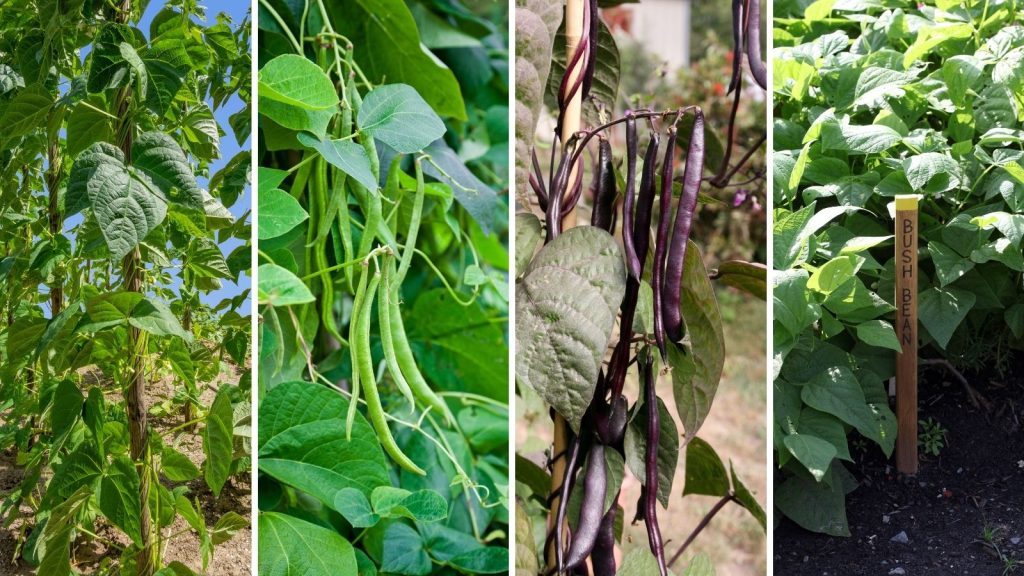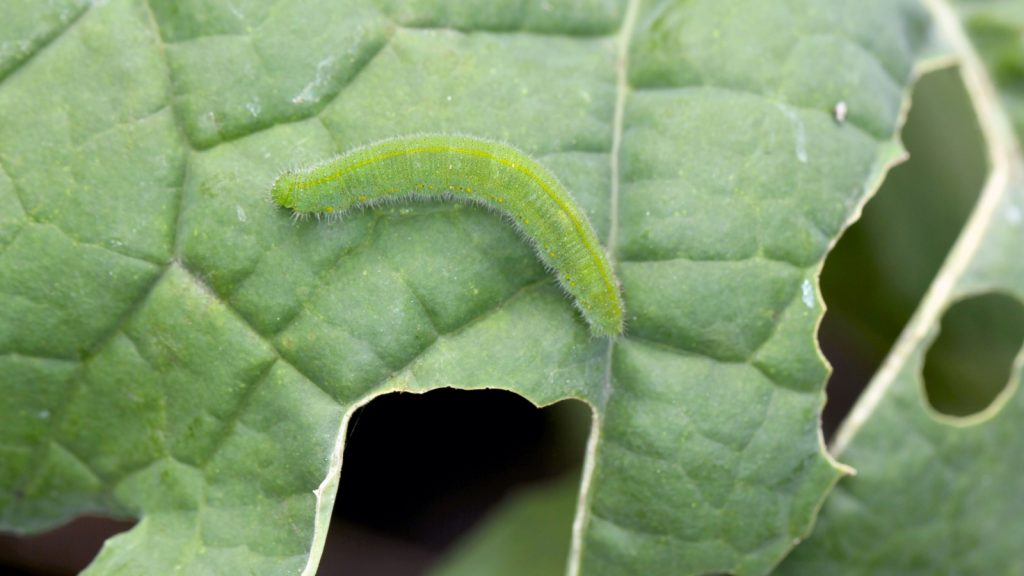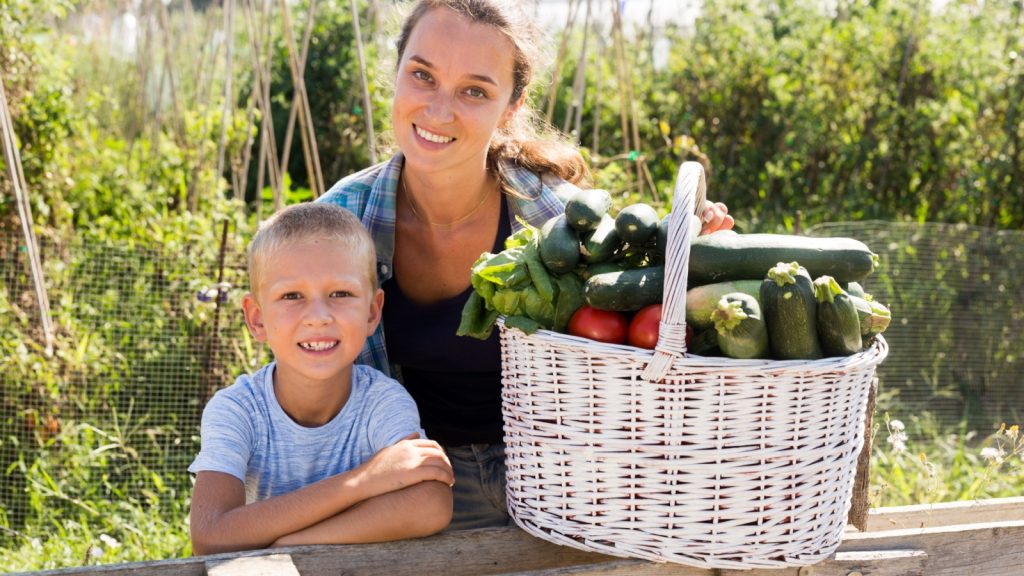Like many homesteaders, we grow plenty of beans each year. They’re a staple crop that’s relatively easy to grow, productive, and versatile in the kitchen. However, when planning your bean patch, you’re immediately faced with a crucial decision: should you grow bush beans or pole beans?
After years of experimenting with both types in our garden, we’ve learned that each has distinct advantages. The right choice depends on your specific growing conditions, available space, and how you plan to use your harvest.
Understanding Bean Types
Beans fall into two main growth habit categories: determinate (bush) and indeterminate (pole or climbing). This distinction affects everything from how you plant them to when you harvest.
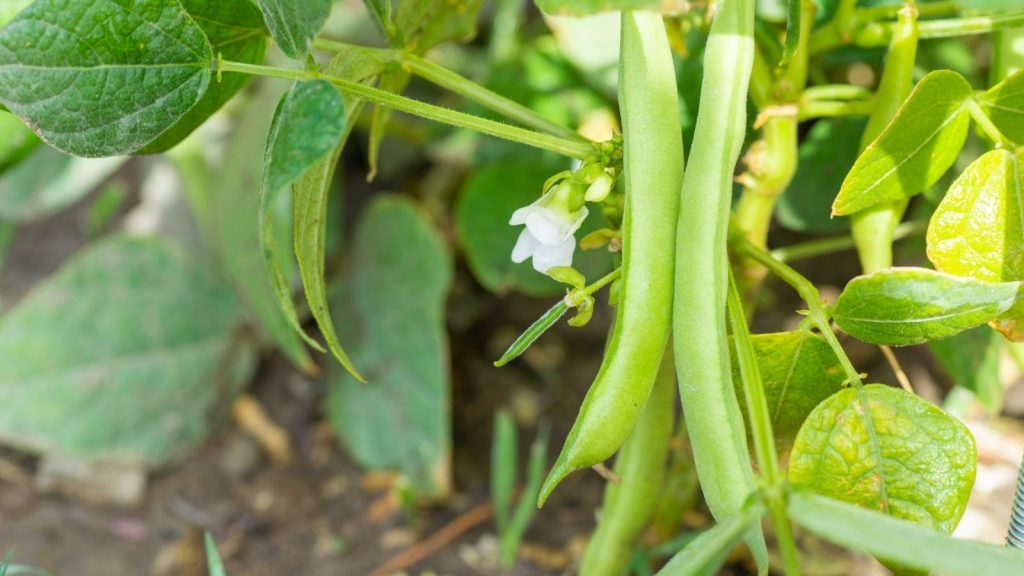
Bush beans grow on compact plants, typically 1-2 feet tall, that don’t require support. They produce most of their harvest all at once, making them perfect for canning and preserving. Once they’ve produced their main crop, bush beans generally slow down significantly or stop producing altogether.
Pole beans, on the other hand, grow as climbing vines that can reach 10-12 feet tall. They require sturdy support structures like trellises, teepees, or fences. Unlike bush beans, they produce continuously throughout the growing season until frost kills the plants, giving you a steady supply of fresh beans.
Space Considerations
In our smaller garden beds near the house, we’ve found bush beans to be space-efficient when grown in blocks. You can plant them in traditional rows, but we prefer planting in a grid pattern about 6 inches apart in all directions. This creates a tight canopy that shades out weeds and maximizes production in a limited area.
For our pole beans, we’ve tried various support structures over the years. Currently, we use a combination of traditional teepees in the corners of our beds and a cattle panel trellis along one side of our main garden. The cattle panel has been particularly successful—it’s sturdy enough to support heavy vines, allows for easy harvesting from both sides, and can be reused for multiple seasons.
If you’re working with vertical space but limited ground space, pole beans are the clear winner. A single 8-foot row of pole beans on a trellis typically produces more beans than a 4×4 foot area of bush beans in our garden. For small gardens or raised beds with good sun exposure, vertical growing is a game-changer.
Timing and Harvest
One key advantage of bush beans is their quicker time to harvest. Most varieties produce beans ready for picking in about 50-60 days from planting, compared to 60-70 days for pole beans. This makes bush beans particularly valuable for northern growers with shorter seasons.
When we want beans for canning, we plant several succession rows of bush beans 2-3 weeks apart. This gives us manageable harvests spread over time rather than being overwhelmed with beans all at once. For a family of four, we find that a 4×8 foot bed planted with bush beans yields about 15-20 pounds of beans—usually enough for several meals plus 8-10 pints for canning.
Pole beans shine when it comes to season-long production. While they take longer to start producing, once they begin, they keep going until frost. In our Zone 4 garden, a single 10-foot trellis with 12 pole bean plants provides fresh beans for the kitchen 2-3 times weekly from mid-July through late September.
Planting Tips for Success
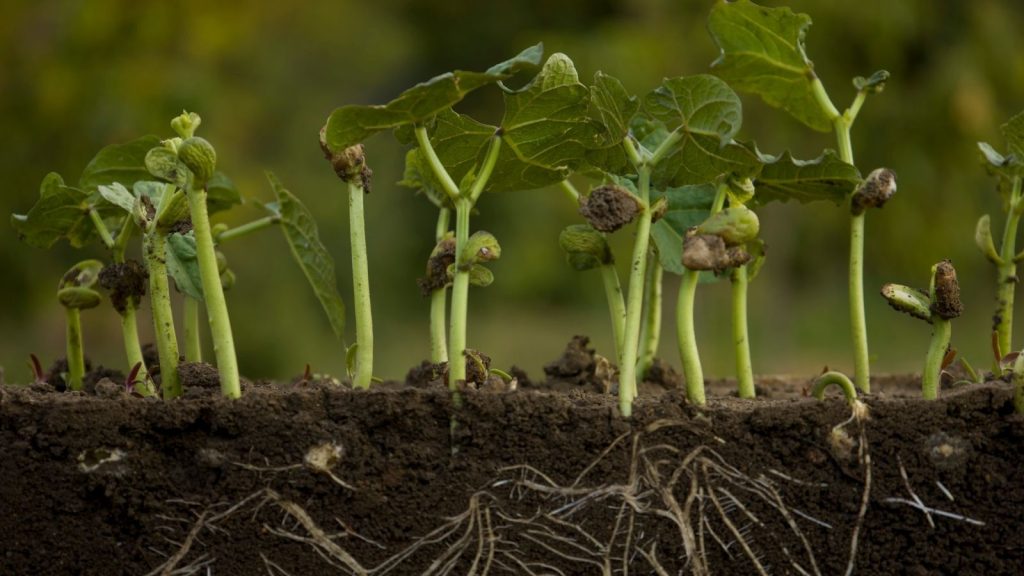
Both bean types have similar soil requirements: they prefer well-drained soil with a pH between 6.0-6.8 and moderate fertility. We’ve found that adding too much nitrogen results in lush plants but disappointing bean production, so we typically amend our bean beds with compost but avoid high-nitrogen fertilizers.
For bush beans, we plant seeds 1-1.5 inches deep, 3-4 inches apart in rows 18-24 inches apart, or 6 inches apart in all directions for block planting. One trick we’ve learned is to plant bush beans slightly closer together than recommended—this helps them support each other and keeps pods cleaner by lifting them off the soil.
When planting pole beans, we set up supports before planting. For teepees, we use 6-8 foot bamboo poles or branches pushed 6-10 inches into the soil and gathered at the top. Around each teepee, we plant 6-8 seeds about 1 inch deep and 3-4 inches from the poles. For trellises, we plant seeds 3-4 inches apart along the base.
Regardless of type, we never plant beans until the soil has warmed to at least 60°F. Cold, wet soil leads to poor germination and can cause seeds to rot. In our climate, this usually means waiting until late May or even early June, well after the last frost date.
Dealing with Common Challenges
Bean plants generally face similar pest and disease pressures regardless of type, though we’ve noticed some differences in our garden. Bush beans, being closer to the ground, sometimes suffer more damage from slugs and rabbits. However, their shorter growing season often means they can outgrow or avoid certain disease pressures.
Pole beans, with their longer production period, seem more susceptible to fungal issues like powdery mildew later in the season. To combat this, we make sure to plant them where they’ll get good air circulation and morning sun to dry the leaves quickly after dew or rain.
Both types benefit enormously from a layer of mulch to suppress weeds and maintain soil moisture. We typically use straw between rows, but wood chips or shredded leaves work well too. Just keep the mulch from directly touching the plant stems to prevent rot.
Harvesting and Storage
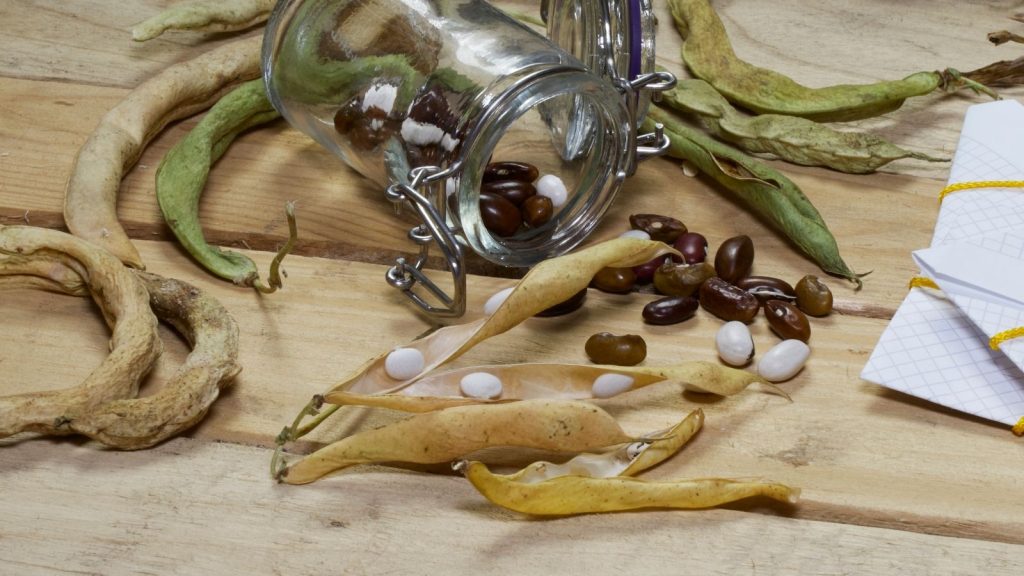
For the best flavor and texture, we harvest green beans when they’re still young and tender, usually when they’re about as thick as a pencil. Pole beans in particular can quickly become tough and stringy if left too long on the vine.
When harvesting, we use two hands—one to hold the vine or plant steady and the other to gently pull the bean. This prevents damage to the plants, especially important for pole beans that will continue producing.
Fresh beans store remarkably well in the refrigerator. After harvesting, we don’t wash them until we’re ready to use them, as extra moisture can speed deterioration. Placed in a perforated plastic bag in the crisper drawer, they typically stay fresh for 7-10 days.
For longer storage, we freeze, pressure can, or dry our beans. Bush beans are ideal for canning whole, while both types work well for drying once fully mature. When growing specifically for dried beans, we leave the pods on the plants until they’re completely dry and rattling, usually harvesting the entire plant before the fall rains begin.
Our Favorite Varieties
After trying dozens of varieties over the years, we’ve settled on a few favorites that consistently perform well in our garden:
For bush beans:
- ‘Provider’ (incredibly reliable and productive even in cool conditions)
- ‘Royal Burgundy’ (purple pods that turn green when cooked, easier to spot when harvesting)
- ‘Dragon Tongue’ (yellow with purple streaks, exceptional flavor, good as both snap and shell bean)
For pole beans:
- ‘Kentucky Wonder’ (an heirloom classic with excellent production)
- ‘Emerite’ (filet-type bean with tender, stringless pods even when large)
- ‘Lazy Housewife’ (another excellent heirloom that’s easy to pick and stays tender longer)
Which Is Right for You?
If you’re short on space but have vertical growing options, pole beans will give you the most production over time. They’re also the best choice if you want a steady supply of fresh beans throughout the season without succession planting.
Bush beans make more sense if you plan to can or preserve most of your harvest, prefer one or two larger harvests rather than continuous picking, or garden in a location with strong winds that might damage taller structures.
In our garden, we’ve found the best solution is to grow both types. We plant several successions of bush beans for canning and preserving, plus one or two trellises of pole beans for fresh eating throughout the summer. This combination gives us the best of both worlds—the efficiency of processing larger harvests all at once and the pleasure of fresh beans whenever we want them.
Whether you choose bush beans, pole beans, or both, they’re one of the most rewarding vegetables to grow. With minimal care, they offer abundant harvests and endless possibilities in the kitchen.
James is a former logistics coordinator and wilderness safety instructor, whose practical experience taught him the value of sensible preparedness and calm resilience. Passionate about self-reliance, James teaches everyday skills—like water purification, emergency communication, and outdoor safety—to help people confidently handle life's disruptions without fear or overwhelm. His approachable style combines real-world insights with relatable, personal stories and experiences.
